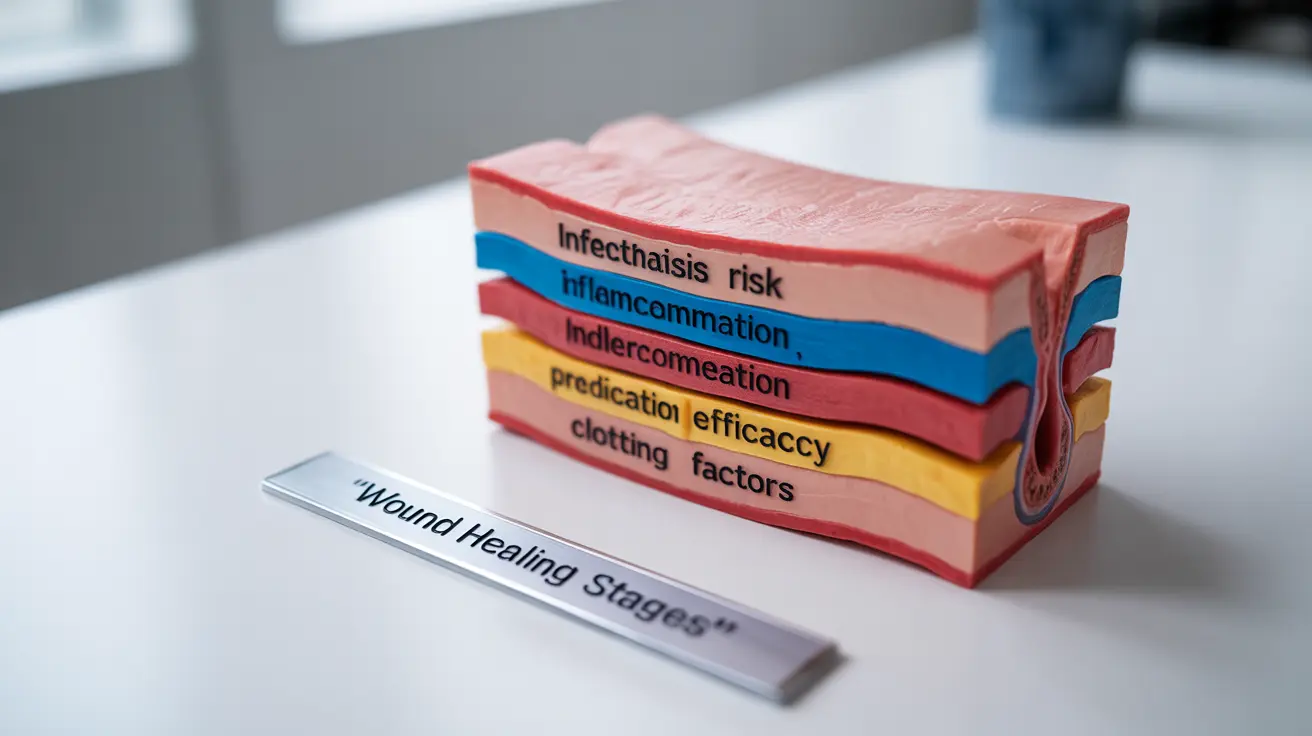Being aware of potential heart blockage symptoms and knowing how to monitor your heart health at home can be lifesaving. While professional medical diagnosis is essential, understanding the warning signs and implementing regular self-monitoring practices can help you identify potential issues early and know when to seek medical attention.
This comprehensive guide will explore various methods to monitor your heart health at home, recognize important warning signs, and understand when immediate medical care is necessary. Remember that these home monitoring techniques are not substitutes for professional medical evaluation but can serve as valuable tools for maintaining awareness of your heart health.
Key Warning Signs of Heart Blockage
Understanding the common symptoms of heart blockage is crucial for early detection. Watch for these important signs:
- Chest pain or pressure (angina)
- Shortness of breath, especially during mild activity
- Unexplained fatigue
- Dizziness or lightheadedness
- Irregular heartbeat or palpitations
- Pain radiating to arms, neck, or jaw
- Cold sweats
Home Monitoring Methods
Blood Pressure Monitoring
Regular blood pressure monitoring is one of the most effective ways to track heart health at home:
- Use a validated home blood pressure monitor
- Take readings at the same time daily
- Record measurements consistently
- Note any significant changes or patterns
Heart Rate Monitoring
Tracking your pulse rate can provide valuable insights into your heart's function:
- Check your resting heart rate in the morning
- Monitor heart rate during and after physical activity
- Use a fitness tracker or manually count your pulse
- Document any irregular rhythms or sudden changes
Physical Activity Assessment
Simple exercises can help gauge your heart's performance:
- Walking test: Notice if you become winded more easily
- Stair climbing: Monitor any unusual fatigue or breathlessness
- Recovery time: Track how long it takes to return to normal after activity
- Exercise tolerance: Note any decrease in stamina
When to Seek Emergency Care
Certain symptoms require immediate medical attention:
- Severe chest pain lasting more than a few minutes
- Difficulty breathing or severe shortness of breath
- Fainting or severe dizziness
- Intense pressure in the chest, arms, or jaw
- Sudden weakness or paralysis
- Severe cold sweats with chest discomfort
Frequently Asked Questions
How can I check for signs of heart blockage at home using simple tests or observations?
Monitor your heart rate and blood pressure regularly, pay attention to your exercise tolerance, and watch for symptoms like unusual fatigue, shortness of breath, or chest discomfort. Keep a symptom diary to track any changes in your physical condition.
What symptoms should prompt me to seek immediate medical attention for possible heart blockage?
Seek immediate medical care if you experience severe chest pain, difficulty breathing, fainting, intense pressure in your chest or arms, sudden weakness, or severe cold sweats combined with chest discomfort.
How does measuring my blood pressure and heart rate at home help in monitoring heart blockage risk?
Regular blood pressure and heart rate monitoring can help identify patterns or changes that might indicate heart problems. Consistent elevation in either measurement, or irregular readings, may signal potential cardiovascular issues requiring medical evaluation.
What does chest pain or discomfort related to heart blockage feel like, and how can I distinguish it from other causes?
Heart blockage-related chest pain typically feels like pressure, squeezing, or tightness in the chest. It often radiates to the arms, neck, or jaw and may be accompanied by shortness of breath, nausea, or sweating. Unlike muscle pain, it usually isn't sharp or influenced by movement.
Are there any home activities or exercises that can help indicate if my heart may be blocked or unhealthy?
Simple activities like climbing stairs, brisk walking, or light household chores can help assess your heart's function. If you notice increased breathlessness, unusual fatigue, or chest discomfort during these activities, especially if these symptoms are new or worsening, consult a healthcare provider.




